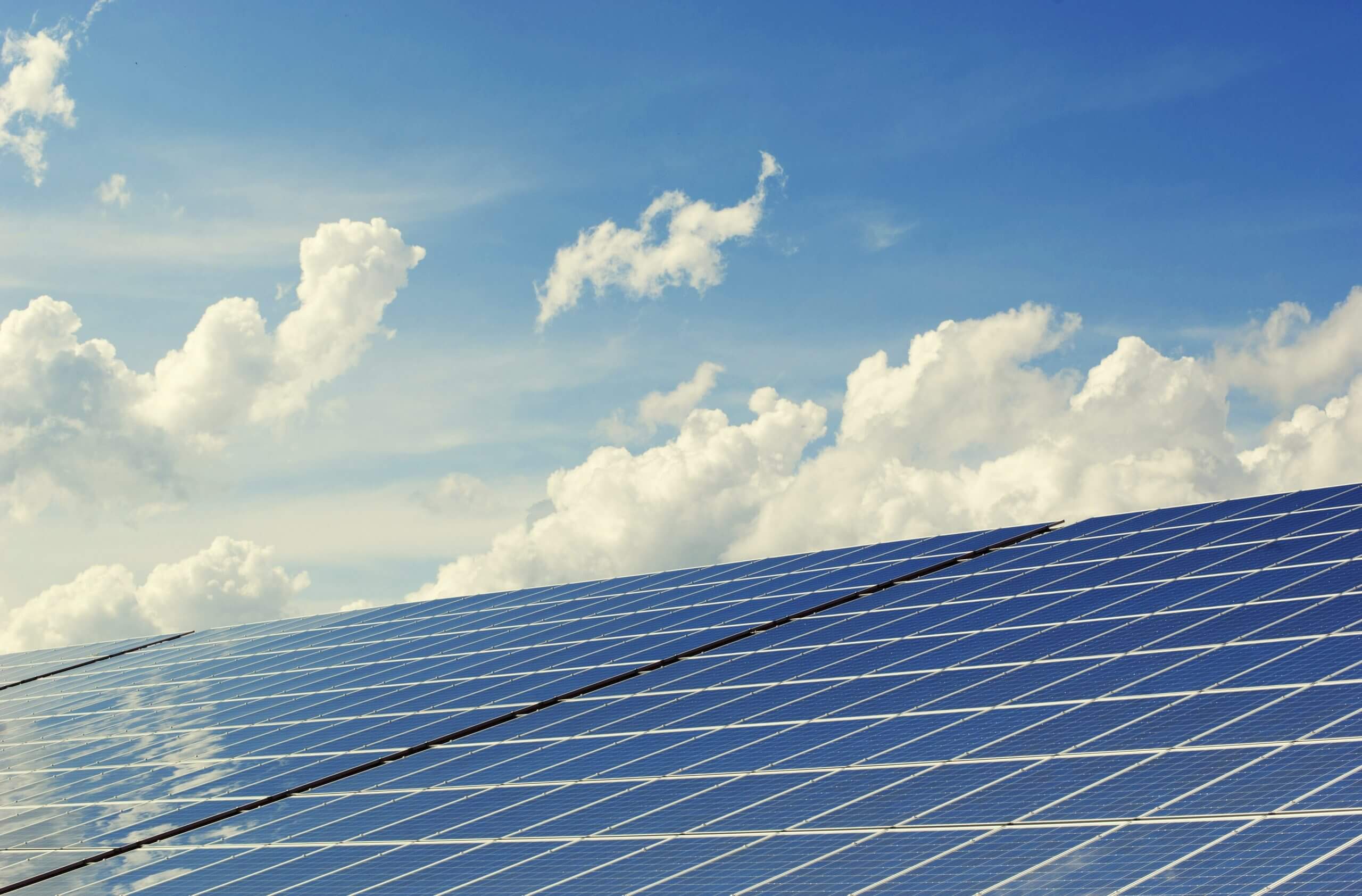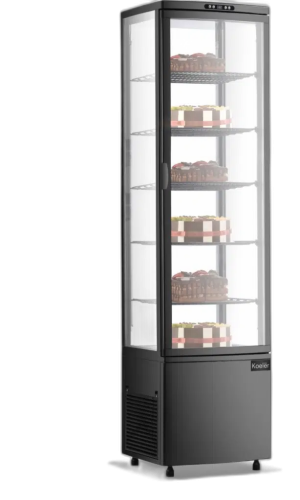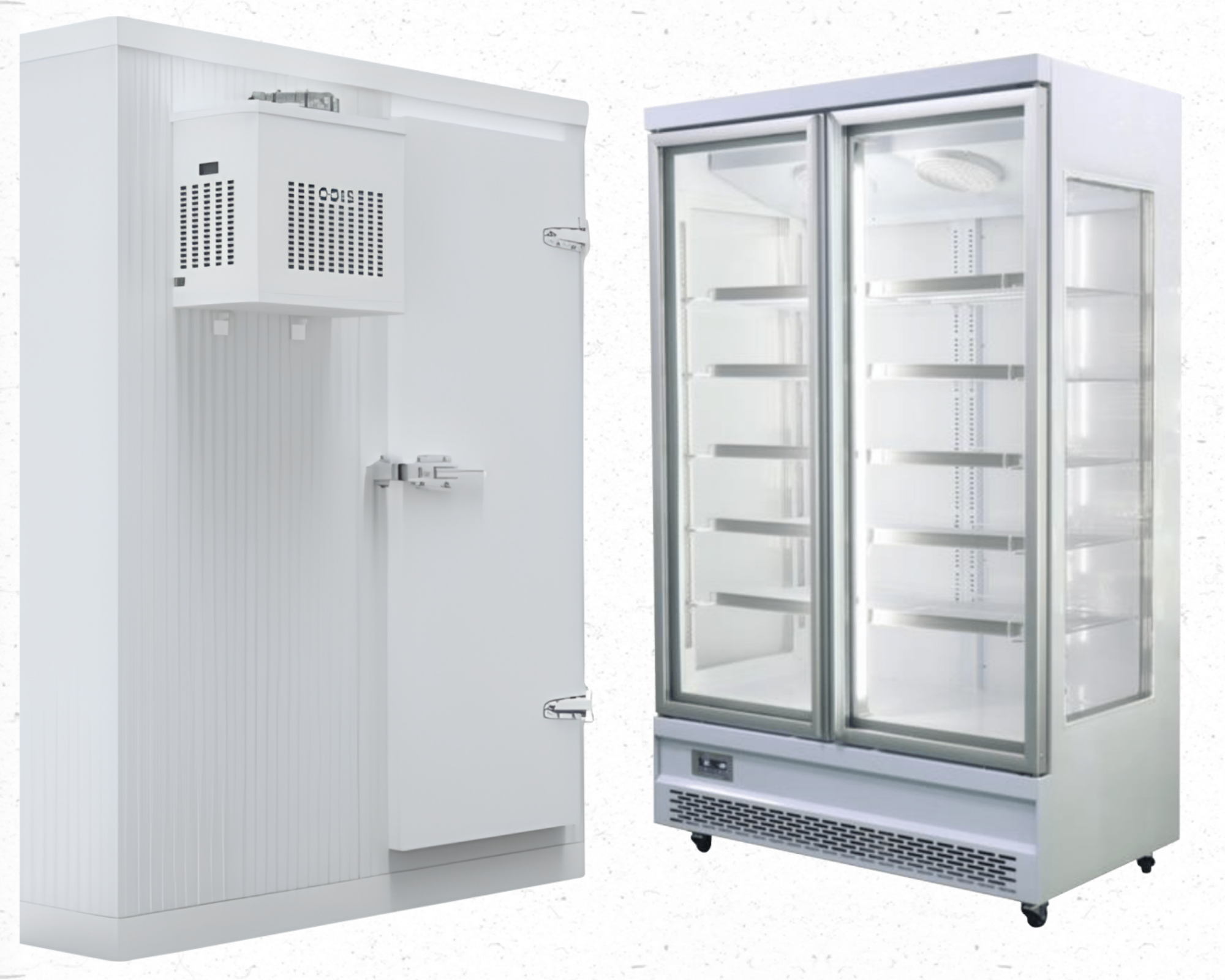
Phenix LED Saves
Shop now
Energy Saving Solutions
Saver than ever with PHENIX LED Saves have successfully delivered thousands of LED upgrade services across Australia and New Zealand.
Contact Us
Energy Saving Solutions
Learn MoreUpgrade Your Heating and Cooling with VEU!
Are you looking to reduce your energy bills and improve your home’s comfort? Now’s the perfect time! Through the Victorian Energy Upgrades (VEU) program, you can replace your old heating and cooling systems with energy-efficient heat pumps or air conditioners and claim generous rebates.
By upgrading to modern, eco-friendly systems, you’ll:
- Lower your energy consumption and reduce your carbon footprint.
- Enjoy year-round comfort with efficient heating and cooling.
- Save money through rebates and long-term energy savings.
Don’t wait—this offer won’t last forever! Whether you’re looking to upgrade for your home or business, this program helps you take the first step towards an energy-efficient future.
Take advantage of this limited-time rebate and transform the way you heat and cool your home.
Claim Your Rebates Today!
Energy Saving Upgrades
We provide a wide range of energy saving residential and commercial products for your home and for various business environments, from industrial, retail, offices to hospitals.

Lighting
Conventional lighting can cost you up to 25% of energy expenditure. With our commercial and residential LEDs you can save up to 80% on lighting costs.

Refrigeration
Older refrigerated display cabinets can use more energy than modern refrigeration units sold today

Water Saving
Our shower heads are 3 Star WELS rated Water-saving showerheads, fixed and hand held supplied and installed by a qualified installer.
WHY LED SAVES?
People Says
I'm so impressed with the integrity of your company. Thank you so much for returning the funds which where accidentally paid to you.
On behalf of this church I can say we greatly appreciate your kind actions.
Thank you again.
Hello LEDSaves,
I am really satisfied with the work carried out by your employee.
At first, I was sceptical as to how the new lights would be. It was not until the evening after he night set in, that I turned the outside lights on, that I realised how superior the new lights were.
Thank you!
That's all fine and we (my wife and I) are very happy with the performance of the 6 replacement LEDs. We had worried in the past the LEDs would now be adequate replacements for our existing spotlights but the LEDs that were installed have proved us wrong.
Hi,
Thank you for the email. My home did change the LED bulb on May 15th, snf the attached information is all correct. Thank you very much for your company and stuff. The bulb and service are very good.
Thank you for your email. Please pass on my thanks to the two gentleman that came to my house to change the 14 globes. They were friendly, professional and efficient as well as being very informative. I highly recommend these two workers. Thank you - much appreciated.
Hi,
I would like to thank you for changing our globes to LEDs.
Also, I would like to thank the gentlemen who did the replacing. They were courteous and very efficient.
Many thanks!
Lightning Solutions
Saver than ever with PHENIX LED Saves have successfully delivered thousands of LED upgrade services across Australia and New Zealand. Workplace that we serve are office, healthcare, hospitality, schools, retail, industrial and more.








Energy Efficient RDCs for New South Wales Businesses
As part of the New South Wales Energy Upgrade, eligible food & beverage businesses can qualify for a display fridge you only need to pay $275 as a minimum co-payment as per the new rules of the scheme
*This program of Display Fridge for Victoria is on hold as per the new rule of the scheme. We'll keep you posted once its back!
Learn more about the Heat Pump Upgrade
Contact Us
Victoria
Hotline: 1800 533 72837
Landline: 613 9069 9179
Warranty Directline: (03) 9088 0285
New South Wales
Landline: 612 8188 9052
Warranty
Visit Us
Victoria
45 Terra Cotta Drive,
Nunawading VIC 3131
New South Wales
565 Woodville Road,
Guildford NSW 2161












